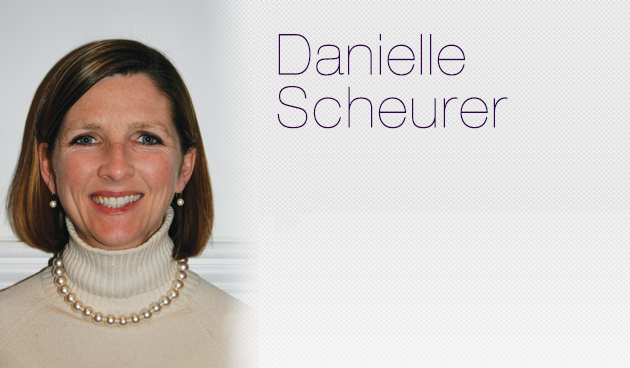Updated statistics from the Association of American Medical Colleges (AAMC) show that the United States will continue to face a physician shortage over the next decade, ranging from a conservative estimate of a shortfall of approximately 40,000 to a pessimistic estimate of about 105,000 by 2030. The statistics are based on modeling a variety of policy and health care scenarios over the next 10-20 years to determine what the physician workforce requirements will be compared to the expected pipeline.
Although the current and projected healthcare landscape is complex, dynamic, and uncertain, every estimate projects a shortage that is significant enough to affect patient care in the United States. The US population is both growing and aging, which creates an ongoing need for hospitalists and hospital-based patient care; between 2015 and 2030, the US population aged 65 and older will increase by 55%. Hospitalist groups will not only be impacted by shortages within their teams, but will also be impacted by shortages of primary care physicians (affecting transitions of care) and specialists (affecting access to needed diagnostic and treatment options).
Equipping the industry to deal with these shortfalls will require a multi-faceted approach. Organizations such as the AAMC are advocating for increasing the pipeline by increasing the size of medical school classes and expanding federal funding for additional GME positions. While laudable, these are policy decisions that will have little effect on the daily life of current hospitalists. But two other approaches are ones that hospitalists can and should continue to embrace and expand within their groups:
- Expanding the capacity and capability of advanced practice clinicians: This will require appropriate support and resource allocation to ensure all team members have robust onboarding, career development, and retention support. This will maximize the knowledge and skills of the team and (hopefully) reduce turnover.
- Expanding the use of technology to maximize the capacity and capability of physicians: The use of telehealth is an example of how a team may be able to expand their geographic reach efficiently and effectively. Other examples include maximizing the efficiency and effectiveness of the EMR, including the use of decision support tools to enhance evidence-based practice. While these solutions are usually difficult to quickly implement, we should all continue to pursue technology solutions that can improve our efficiency and effectiveness.
Although there is no singular solution to how hospitalists can and should manage within the constraints of an ongoing (and expanding) physician shortfall, we should all create and share solutions that can mitigate the pinch for ourselves and our patients. If you and your hospitalist team are currently implementing a solution to mitigate the effects of this shortage, I welcome you to share them in the comments below.



Leave A Comment